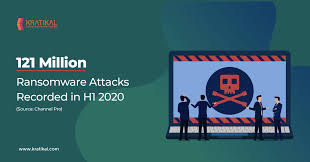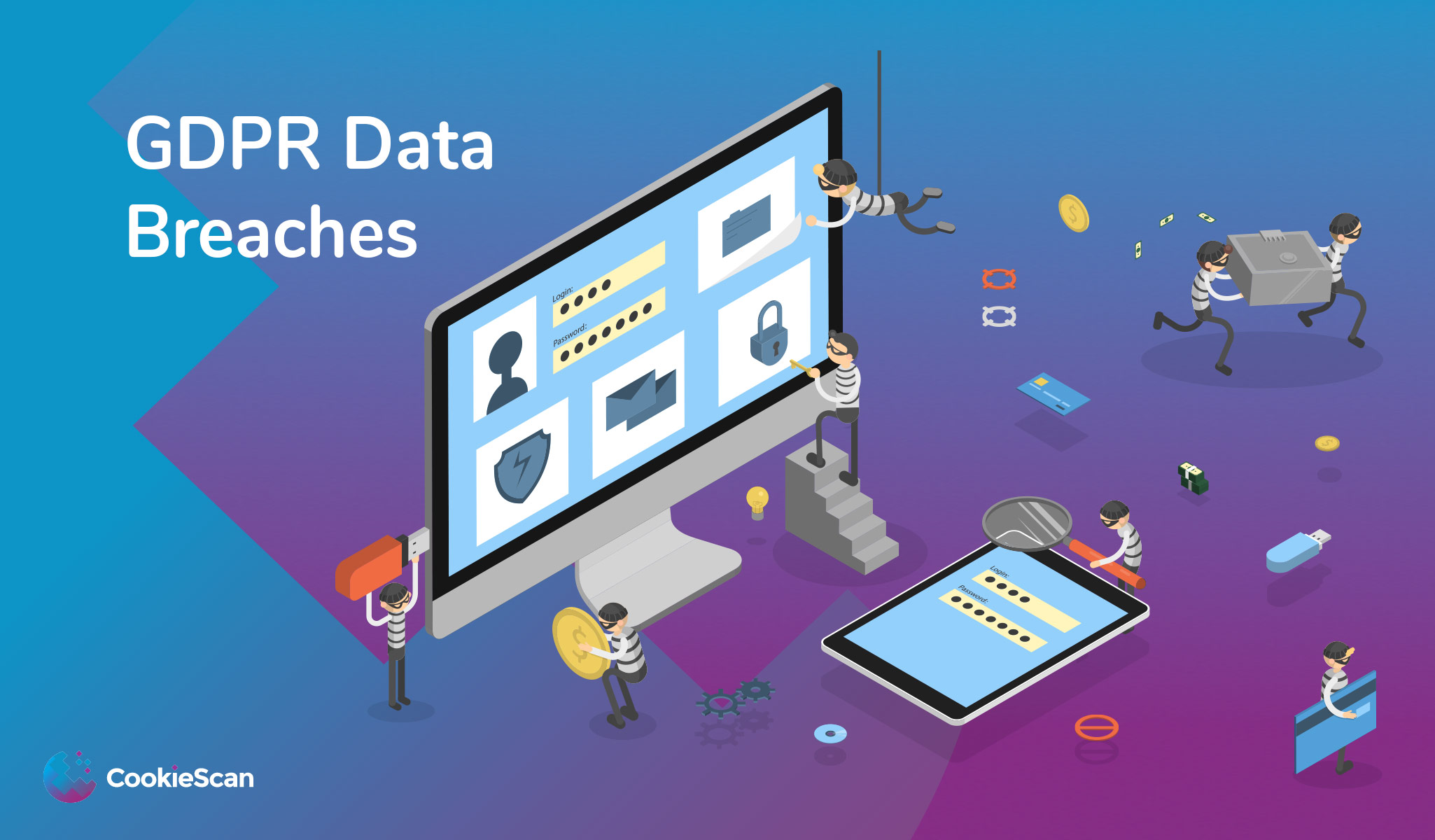Recent Ransomware Attacks and Security News
Ransomware attacks are a growing problem in the world of technology and cybersecurity. These attacks involve hackers locking people or organizations out of their own data, demanding money to release it. In this article, we will explore recent ransomware attacks, how they happen, their impact, and what you can do to stay safe. We will also dive into the latest security news and trends to keep you informed.
What Are Ransomware Attacks?
Ransomware attacks are a type of cybercrime where hackers use malicious software (malware) to block access to a person’s or a company’s files. Once the data is locked, the attackers ask for a ransom, usually paid in cryptocurrency, to unlock the files. If the victim refuses to pay or fails to act in time, they might lose their data forever.
Hackers typically deliver ransomware through phishing emails, bad websites, or software vulnerabilities. They trick people into clicking on links or downloading attachments that secretly install the ransomware on their computers. Once installed, the ransomware spreads quickly and locks down important files, making them unusable until the ransom is paid.
In recent years, ransomware has evolved to become more sophisticated. Criminals target hospitals, schools, businesses, and even government agencies. These organizations often feel pressured to pay the ransom because they need quick access to their data. Unfortunately, paying the ransom doesn’t always guarantee that files will be restored, and it also encourages more attacks.
Recent Ransomware Attacks
In 2023 and 2024, ransomware attacks have made headlines worldwide. Large companies, healthcare systems, and even city governments have fallen victim to these devastating attacks. One of the most high-profile attacks occurred when a major hospital system had its patient data locked by hackers. This forced the hospital to cancel surgeries, delay treatments, and move back to paper records while they worked to resolve the issue.
Another well-known attack targeted a school district. Hackers locked the district’s systems, affecting everything from student grades to payroll processing. Schools were forced to shut down temporarily, disrupting education for thousands of students.
Businesses of all sizes have also been targeted. A tech company had its entire network frozen by ransomware, causing it to halt production. The attack led to massive financial losses and a damaged reputation, as customer data was compromised in the process.
These recent attacks highlight the growing threat of ransomware and the need for stronger cybersecurity measures. Hackers are becoming more creative, using new techniques to bypass security systems and cause harm. As a result, individuals and organizations must remain vigilant to protect their data.
The Impact of Ransomware on Organizations

When ransomware hits an organization, the impact can be devastating. One of the immediate consequences is the disruption of business operations. Employees can’t access important files, making it impossible to perform their tasks. For businesses that rely heavily on digital systems, this downtime can lead to a loss of revenue and customer trust.
Hospitals and healthcare facilities face particularly dangerous consequences. When ransomware locks patient records and medical systems, it puts lives at risk. Doctors may lose access to critical information needed to treat patients, leading to delayed or incorrect treatments. These attacks can also result in significant financial losses as hospitals scramble to fix the issue and prevent future incidents.
Governments and public services are another common target. Hackers can disrupt services like transportation, water supply, or emergency response systems, creating chaos and confusion. Local governments are often less prepared for cyberattacks, making them easier targets.
In addition to the operational disruptions, organizations face the challenge of recovering from the attack. Some companies choose to pay the ransom, hoping to quickly regain access to their data. However, paying doesn’t always guarantee recovery. Cybercriminals might refuse to unlock the files or even ask for more money. This puts organizations in a tough position where they must decide between losing their data or funding criminal activities.
Latest Security Trends in 2024
As ransomware attacks become more frequent and severe, cybersecurity experts are constantly looking for ways to combat these threats. In 2024, several key trends are shaping the world of cybersecurity.
One major trend is the rise of Artificial Intelligence (AI) and Machine Learning (ML) in security systems. AI-powered security tools can detect unusual activity on networks faster than humans can. These tools use patterns and algorithms to identify potential threats, helping organizations respond before an attack happens.
Another important trend is the increased focus on Zero Trust security models. Zero Trust assumes that no device or user is automatically trusted, even if they are inside the network. This approach requires continuous verification of users and devices, making it harder for attackers to move freely within a system.
Cloud security is also gaining attention. As more companies shift to cloud-based systems, securing these platforms has become a top priority. Cloud service providers are implementing advanced encryption and security protocols to protect data from ransomware attacks and other threats.
Finally, awareness and education are playing a crucial role in preventing ransomware. Many organizations are investing in cybersecurity training for their employees, teaching them how to spot phishing emails, avoid suspicious links, and report potential threats. This human factor is key because even the most advanced security system can fail if people make simple mistakes.
How to Protect Yourself from Ransomware
While ransomware attacks can seem scary, there are steps you can take to protect yourself and your data. Start by backing up your important files regularly. If ransomware locks your files, having a backup means you can restore your data without paying the ransom.
Another important step is to keep your software updated. Software updates often include security patches that fix vulnerabilities hackers might exploit. Make sure your operating system, antivirus software, and all applications are up-to-date.
Be cautious with emails and downloads. Don’t click on links or open attachments from unknown or suspicious sources. Many ransomware attacks begin with phishing emails that trick users into installing malicious software. If you receive an email that looks suspicious, verify the sender before opening any attachments or clicking on links.
Lastly, consider using strong passwords and enabling multi-factor authentication (MFA). MFA adds an extra layer of security by requiring users to verify their identity in multiple ways, such as through a text message or email code. This makes it harder for hackers to access your accounts, even if they have your password.
By taking these steps, you can reduce your risk of falling victim to a ransomware attack and keep your data safe.
Conclusion
Ransomware attacks are a serious threat in today’s digital world. Recent attacks have shown how damaging they can be to organizations, businesses, and individuals. However, by staying informed about the latest security trends and taking preventive measures, you can protect yourself from becoming a victim of these attacks. Stay vigilant, keep your systems updated, and always back up your data to stay safe in the face of ransomware threats.



